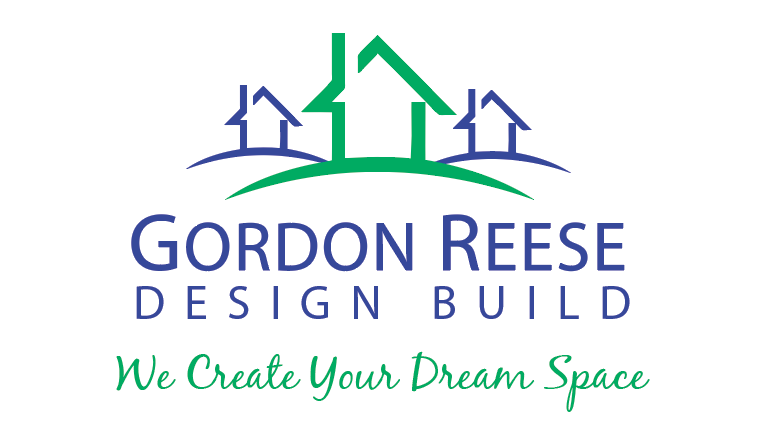When you want to remodel, figuring out how you will invest in your home is a key part of the planning process. Financial preparation becomes even more important for an extensive whole home remodel. The following steps will ensure you’re financially prepared for the investment in your dream home remodel.
Contents
Step 1: Understand the Process
Home remodels can be a lengthy and involved process, taking many decisions, many months, and a lot of planning to complete. Designing a large project can involve stress and worry, and financial concerns can add to this stress even more. Contact a remodeling professional early on for consultation to help you get a better understanding of your project.
Step 2: Estimate the Costs
 It can be challenging to know how attainable that home remodel will be, unless you have an idea of the costs. Once you have an idea of the costs, it will become clearer how much you need to plan for, and what you need to do to build up the finances to cover that investment.
It can be challenging to know how attainable that home remodel will be, unless you have an idea of the costs. Once you have an idea of the costs, it will become clearer how much you need to plan for, and what you need to do to build up the finances to cover that investment.
You can get a rough idea of typical project costs in your area by searching “cost vs. value” on the internet. This will take you to remodeling magazine sites where you can download reports.
A home remodel can add significant value to your home in financial terms, as well as to your quality of life in personal terms. This makes it worthwhile to invest in quality and longevity when it comes to planning for your home remodel.
Step 3: Obtain Consultation from a Design-Build Firm
Consulting with a design-build firm at the beginning of your process will not only help you understand the scope of work but also the probable investment ranges.
We suggest contacting several firms to discuss your project. Keep track of who you feel is listening to what you want and asking good questions. You want to be sure you connect well with the person you will be working with. Since every remodeling company has a different process for design through construction you should find out which process makes the most sense to you.
Step 4: Account for Unexpected Costs
 Almost every remodel can involve unexpected costs, as problems are encountered during construction, or changes are made to plans. Taking this into account, add a buffer to your investment amount to account for those unexpected costs, we suggest 10%. This gives an extra cushion so that you can easily address any additional financial needs without too much worry and stress.
Almost every remodel can involve unexpected costs, as problems are encountered during construction, or changes are made to plans. Taking this into account, add a buffer to your investment amount to account for those unexpected costs, we suggest 10%. This gives an extra cushion so that you can easily address any additional financial needs without too much worry and stress.
Step 5: Define Your Budget or Investment Range
Defining your investment ranges before starting the design process keeps things clear between you and your design-build team. The goal is to design your home remodel only once which will reduce design time and cost.
Step 5: Construction Company Financing
Some design build firms offer quick and easy financing up to $50,000 at 5% interest which can be used to add those features you really want or fix existing problems found during construction. It is always good to select a company that gives more options.
Careful financial planning before your home remodel helps you prepare for the process to transform your home with less stress and worry, for outstanding results. Contact Gordon Reese Design Build to start creating your dream home remodel.

Recent Comments